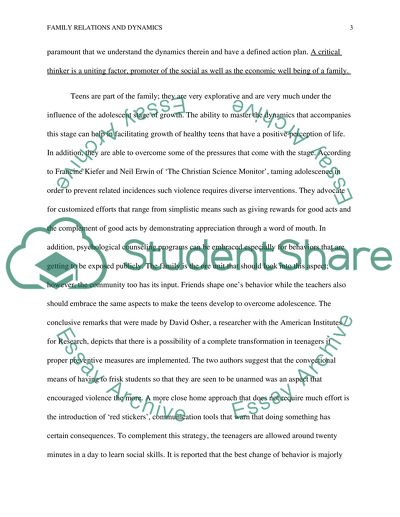Cite this document
(“Family Relations and Dynamics Assignment Example | Topics and Well Written Essays - 2500 words”, n.d.)
Family Relations and Dynamics Assignment Example | Topics and Well Written Essays - 2500 words. Retrieved from https://studentshare.org/family-consumer-science/1498414-family-relations-and-dynamics
Family Relations and Dynamics Assignment Example | Topics and Well Written Essays - 2500 words. Retrieved from https://studentshare.org/family-consumer-science/1498414-family-relations-and-dynamics
(Family Relations and Dynamics Assignment Example | Topics and Well Written Essays - 2500 Words)
Family Relations and Dynamics Assignment Example | Topics and Well Written Essays - 2500 Words. https://studentshare.org/family-consumer-science/1498414-family-relations-and-dynamics.
Family Relations and Dynamics Assignment Example | Topics and Well Written Essays - 2500 Words. https://studentshare.org/family-consumer-science/1498414-family-relations-and-dynamics.
“Family Relations and Dynamics Assignment Example | Topics and Well Written Essays - 2500 Words”, n.d. https://studentshare.org/family-consumer-science/1498414-family-relations-and-dynamics.


